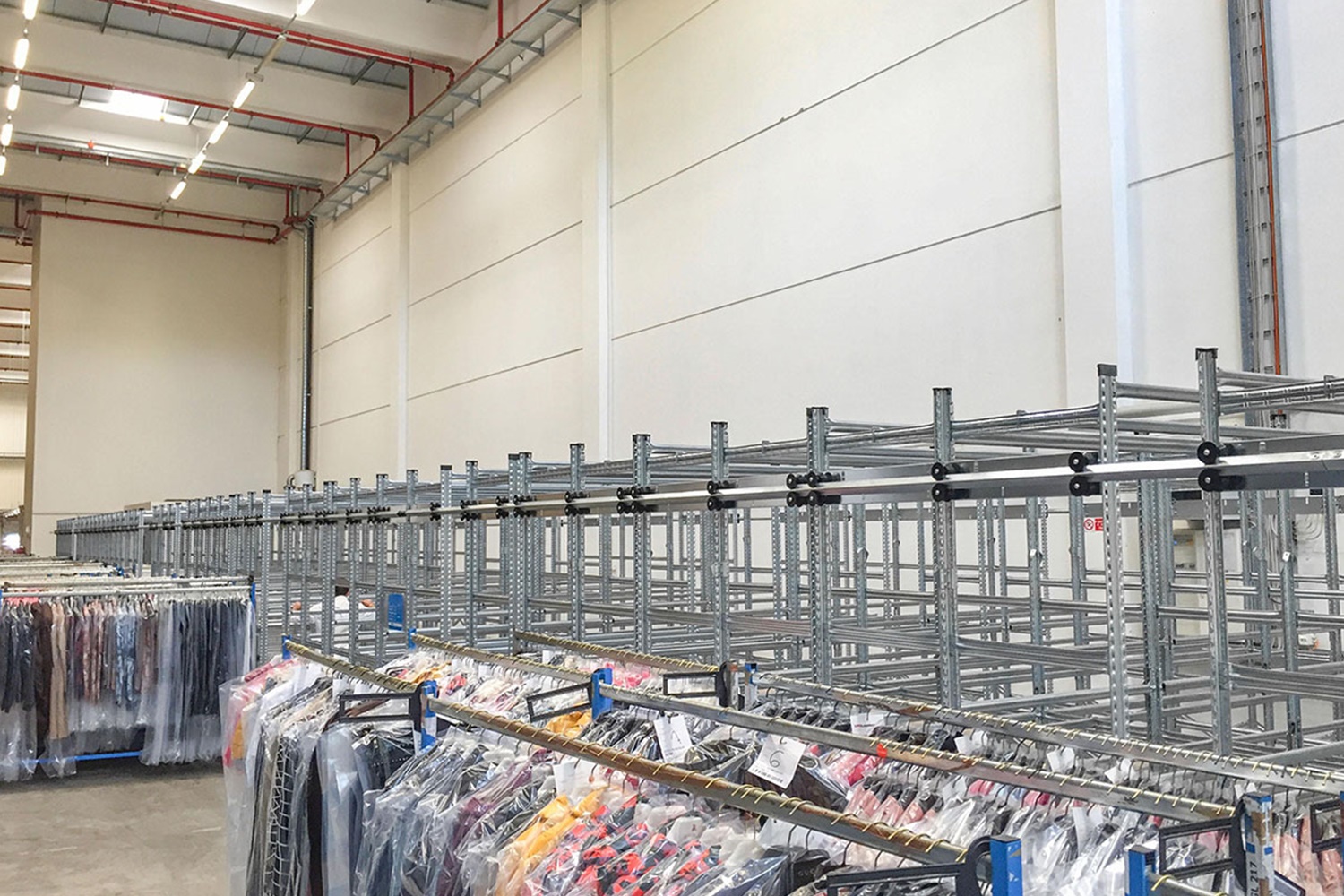Fabric warehouse shelving systems designed to store fabrics in textile warehouses make it easier to find fabrics and ensure maximum efficiency from the warehouse area. Fabric warehouse shelving systems, which have an important place in the textile production process, offer various advantages to businesses with their features.
These systems are usually made of high-quality steel. Available in different sizes and capacities. Fabric warehouse racking systems can usually be custom-made according to the structural features of the warehouse and fabric storage. However, most systems allow for width and arrangement between rack levels to provide quick access and easy management.
Fabric Warehouse Racking Systems Features
Fabric warehouse shelving systems have some features that ensure that fabrics remain both safe and tidy in storage areas. These features increase the efficiency of warehouse employees and save time, while also providing convenience to businesses. Features of fabric warehouse racking systems:
- It enables the storage compartment to be used at the maximum level, thus expanding the space and using the warehouse efficiently.
- Provides easy access to fabrics. This allows products to be received quickly and the processing process is accelerated.
- Fabrics can often be delicate. Therefore, fabric warehouse shelving systems provide suitable storage conditions for the safety of materials. It prevents fabrics from damage and helps maintain their durability.
- Shelving systems can be customized and arranged according to storable structure and fabric options.
- Since it is long-lasting and durable, it helps meet the long-term storage needs of fabrics.


Shelf Types Used in Fabric Warehouse Racking Systems
Shelving systems used in fabric warehouses are specially designed to make storage efficient and facilitate the orderly storage of stored materials. These shelving systems usually have different samples to protect the fabrics and make them easily accessible. Some shelves used in fabric warehouse shelving systems:
Steel Shelving Systems: Steel shelving systems, which are a frequently preferred type of shelving in fabric warehouses, are known for their durable and long-lasting structures. These shelving systems generally retain heavy loads and enable efficient use of storage areas.
Mobile Shelving Systems: Mobile shelving systems, another type of shelving used in fabric warehouses, are preferred to save space in the warehouse area. These systems consist of shelf parts that can move on rails and are very advantageous to use to increase the amount of storage.
Pallet Racking Systems: Enables fabric rolls to be stored regularly on pallets. These shelving systems are known for their high storage capacity and ability to provide easy access.
Hanging Shelving Systems: Hanging shelving systems, which are preferred especially for separating clothing in fabric warehouses, allow fabrics to be stored without wrinkles or damage. These systems can generally be in the form of movable hanging systems or fixed hanging systems.
Integrated Storage Systems: These are systems that can offer different storage solutions and are used versatilely in fabric warehouses. These systems often allow for customization of storage and integrated management of different items, such as the distribution of fabrics.




